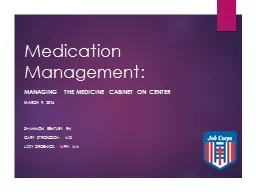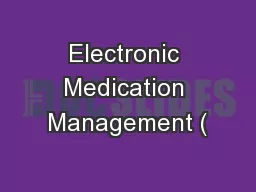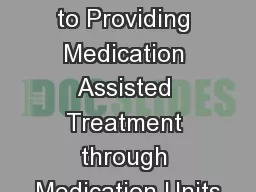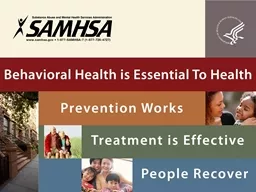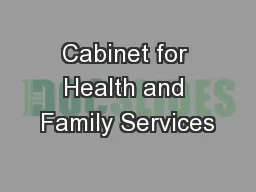PPT-Medication Management: Managing the Medicine Cabinet on
Author : conchita-marotz | Published Date : 2018-09-18
Center March 9 2016 Shannon Bentley RN Gary Strokosch MD Lizzy Drobnick MPH MA Goals Provide students medications safely and within the scope of your states professional
Presentation Embed Code
Download Presentation
Download Presentation The PPT/PDF document "Medication Management: Managing the Med..." is the property of its rightful owner. Permission is granted to download and print the materials on this website for personal, non-commercial use only, and to display it on your personal computer provided you do not modify the materials and that you retain all copyright notices contained in the materials. By downloading content from our website, you accept the terms of this agreement.
Medication Management: Managing the Medicine Cabinet on: Transcript
Download Rules Of Document
"Medication Management: Managing the Medicine Cabinet on"The content belongs to its owner. You may download and print it for personal use, without modification, and keep all copyright notices. By downloading, you agree to these terms.
Related Documents

